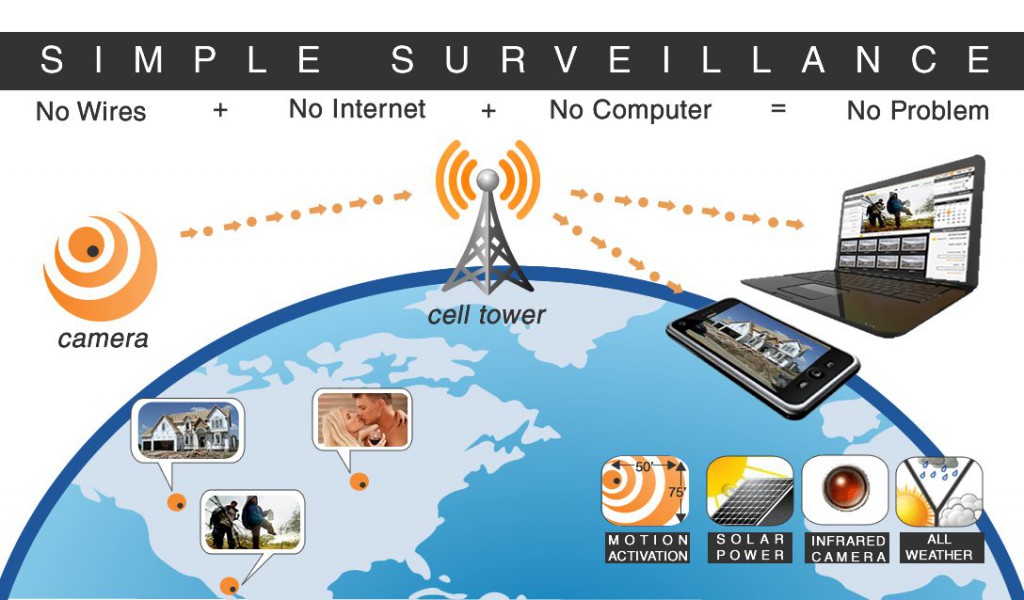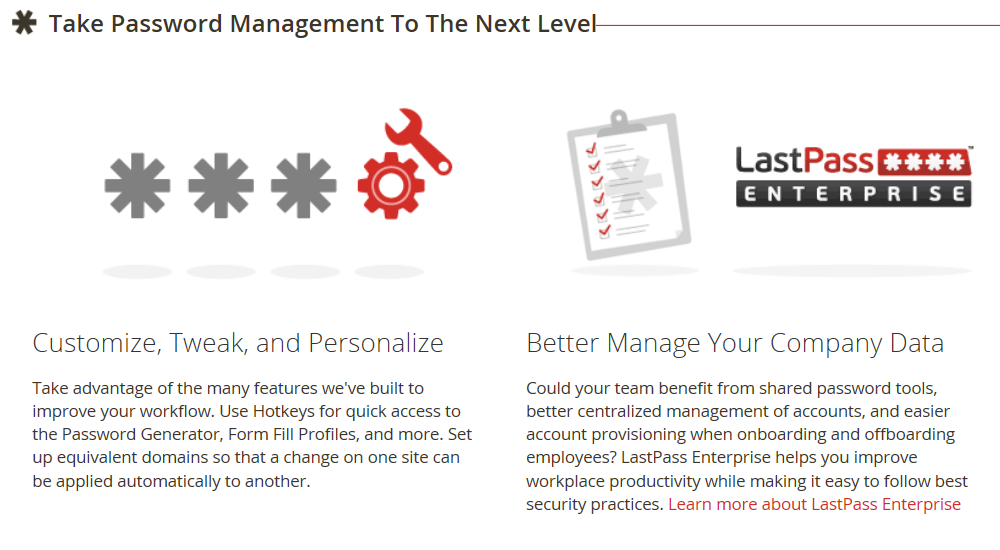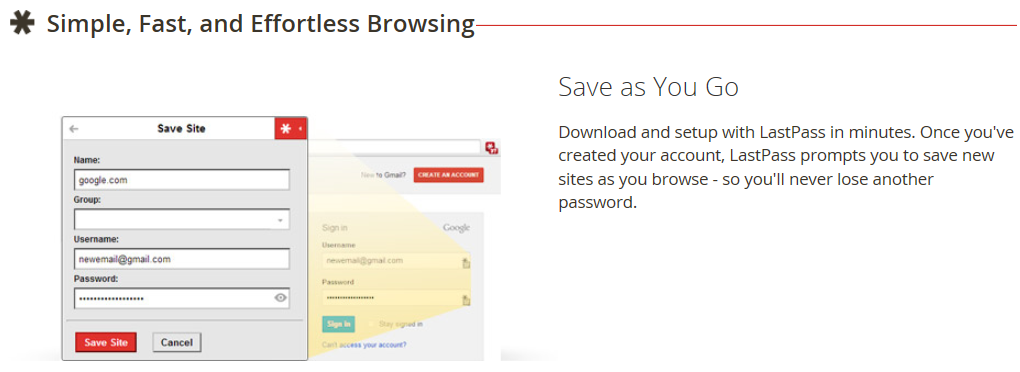Sterling IT provides services in Blacktown Area – View our home page www.sterlingit.com.au
Category: News
Security systems with a difference – also for OH&S, tracking and safety with and without physical internet
Wondered how to get some surveillance happening without an internet connection?
We have the answer… An example of this might be a construction site which is a mobile container and moves site to site. Security on these premises is paramount not only for theft, but health, safety and tracking. With the ability to have internet on 3G/4G, wired infrastructure is a thing of the past.
Having security cameras in your business is one thing, but storing and retrieving the data, is another. So many clients find that when it comes time to actually reviewing the video and/or audio footage, it is either too hard to find or isn’t there.
Let us work with you in giving you a demo on how this technology works. Going to a retail store and buying a kit may not be enough in a court of law.

Contact Us for a NO OBLIGATION meeting to discuss your security needs.
$30 per month service fee to login to our service portal. Data bundle SIM is not included in the initial purchase ($1,995.00) as your prospect can supply this themselves, from either TELSTRA or OPTUS. eMail alarm notification is free, but we charge you $0.50c for every SMS sent out as an alarm notification.
Encrypted password creator and storage – Adobe password hack check – Password strength test
Do you use the same password on multiple sites and/or applications?
If so, PLEASE STOP. With many websites getting hacked such as Sony and recently Adobe, using the same password on multiple sites is becoming extremely dangerous.
You can test the strength of your password by visiting GRC.COM . A trusted and brilliant website.
One step better than making your own passwords is use a trusted application called LASTPASS.
You only need to remember ONE password, that’s it. This is also FREE, however if you want to use it on your mobile, its $1 per month. (thats right $1).
For business where you want to have encrypted secure passwords, its $2 per month.
You can double secure this by using a USB key so even if someone was to get your username and password, without the USB key, a hacker will still not be able to access.
Contact Sterling IT for an online demo. We can also assist in setting up but more importantly, customise your lastpass for additional security.
Want to check if your email was hacked at Adobe? Click Here
You ask then HOW can I remember so many passwords?
A couple of ways of doing this is create passwords based around the website you are using, however if there is a pattern, a hacker will still work out your passwords
Prices correct at time of publishing 3.12.2013
Security and protection for your business – Servers and Workstations
Security is key over holiday season and every other day.
With Christmas Holidays coming up fast, it is important to ensure that your systems are secure & protected. Please consider not only that your office is securely locked up, but also you have power protection, latest versions of a good antivirus solution, all your computers are automatically updated and monitored as well as cooling.
1. Ensure your servers are in a secure area where they are safe from unauthorised access to your office.
2. Ensure that you have a UPS on all network equipment including servers, switches, routers and even your phone system.
3. Ensure that the servers are kept at a cool constant temperature, especially if you are closed. Power is expensive, however cooling your servers and critical equipment is priceless.
(if you need air conditioning advice, we can assist with this as well.)
4. To protect from nasties, ensure that you have all your systems fully patched, not only with Microsoft Software Updates but also Third Party such as Adobe, Java, Flash and more. Ensuring that these applications and software is patched will reduce the risk of infections and attacks. Also ensure your antivirus is fully updated.
For all our Managed Clients, we will ensure updates are done for you to protect you best we possibly can.
5. Last but not least, ensure you have backups backups backups and backups. Not only have backups, but ensure you have an offsite copy as well.
From around $20 a month, we can offer an offsite backup solution to protect your data.
If you have any questions with the above, would like a quote or even would like to just discuss anything, please contact our office.
Please mention this post as well.










